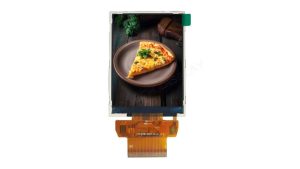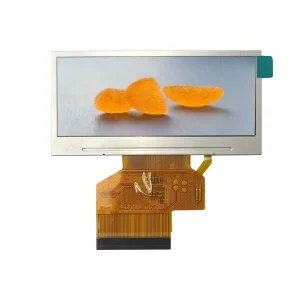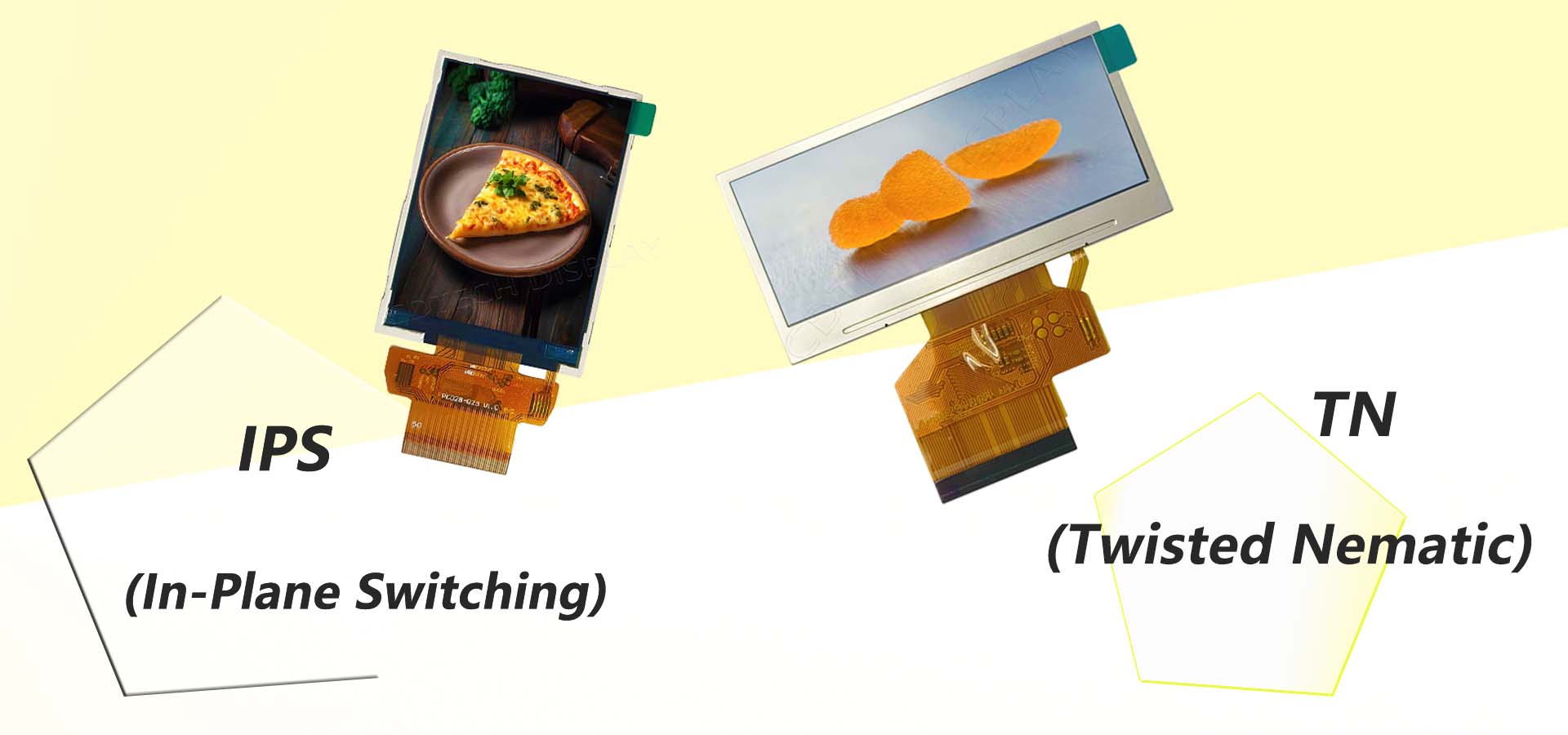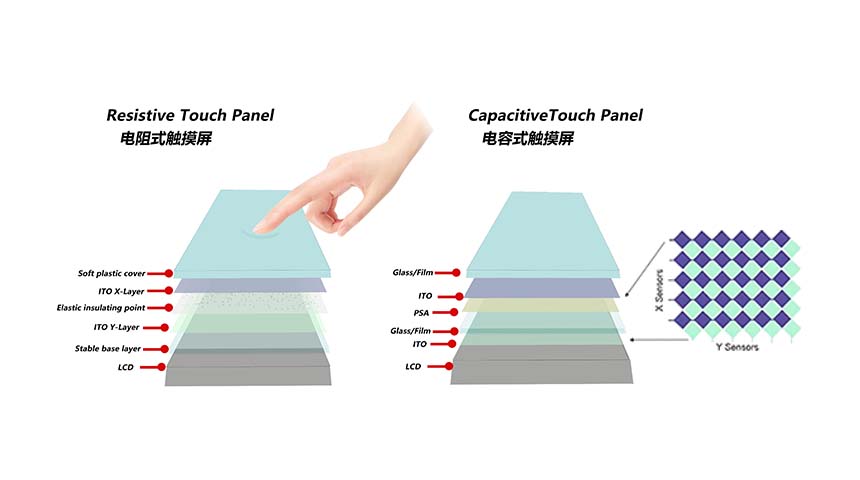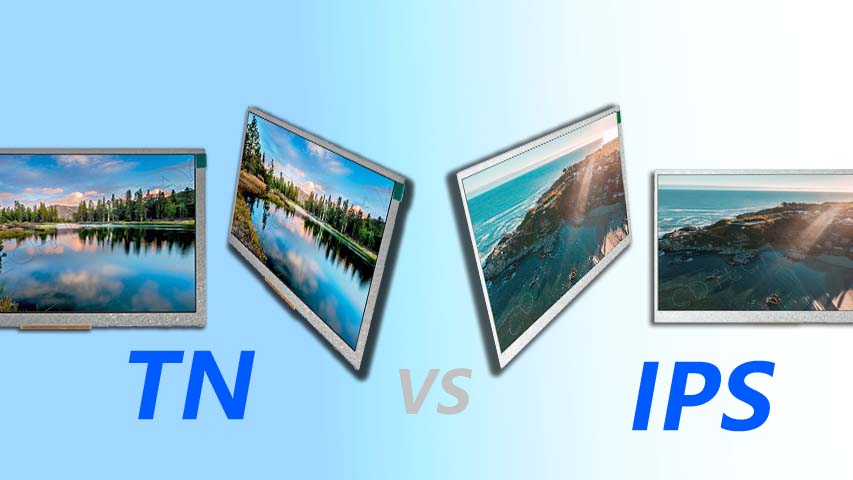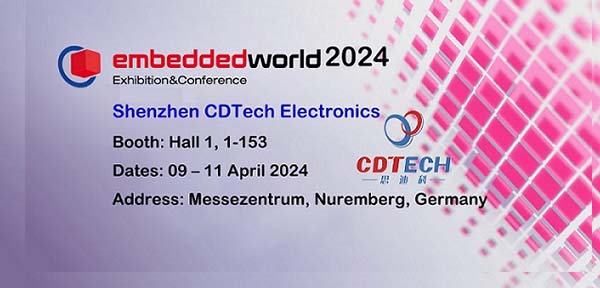TN LCD vs IPS LCD: How to Choose the Right Display for You
Exploring the Basics of TN and IPS LCDs
When it comes to choosing a display, understanding the fundamental differences between TN (Twisted Nematic) and IPS (In-Plane Switching) LCDs is crucial. Both have unique characteristics that cater to different needs and applications.
Key Characteristics of TN LCDs
Response Time and Refresh Rate
If your primary concern is for speed and low response times , TN LCDs are the fastest panels available and have set the standard for refresh rates in displays. The fast response of pixels minimizes the motion blur in case of high-speed action scenes and allows for clear viewing.
Viewing Angles and Color Accuracy
But TN panels have always lacked viewing angles and color reproduction. Although attractive, the colors can change based on the angle you view it from, making it suspect for color-matching jobs. This confines them from being truly useful in professional design or photography. That makes them not very professional if you need them for design or photography.
Key Characteristics of IPS LCDs
Enhanced Color Reproduction
IPS technology delivers superior color reproduction, offering vibrant and accurate colors that remain consistent across various viewing angles. This makes IPS displays particularly favorable for applications where color precision is paramount.
Wider Viewing Angles
IPS LCDs have wide viewing angles so that more people can look at the screen without distortion. An example would be the full-view capability of the CDTech’s 10.1-inch IPS TFT LCD module, which provides all-around image consistency. As in the case of this 1-inch IPS TFT LCD module, achieving full view in terms of view angles.
Performance Differences in Various Applications
Gaming and Entertainment Displays
Speed and Responsiveness
For gaming displays, the speed of TN panels can provide a competitive edge due to their lower input lag.
Visual Quality and Immersion
It ensures a better quality of color output and contrast ratio—so, in turn, a more realistic gaming experience. As these panels need no need for processing by the display processor, one can see the bench of panels with a vadal display picked up by CDTech with a 1000:1 contrast ratio note that it will use a 5.0-inch IPS display which will render bright images even under difficult lighting conditions.
Professional Use in Design and Photography
Color Precision Requirements
People in design or photography need displays that can show color as is. These demands are naturally suited for fields that require exceptional color accuracy, which is, of course, where IPS panels come in. Thus, IPS panels suffice these demands.
Display Calibration Needs
IPS displays also support advanced calibration techniques to ensure color fidelity across different devices. This feature is crucial for professionals who need consistent results across various platforms.
Longevity and Durability Considerations
The lifespan of TN vs IPS Panels
Wear and Tear Factors
Both TN and IPS panels have similar lifespans; however, their durability can vary based on usage conditions. Proper handling and storage practices significantly impact longevity.
Maintenance Practices for Longevity
To make CDTech products last longer, they highlight the need for the correct operation method. The FPC gold fingers for direct contact oxidation can be avoided, while the anti-static glove for handling the FPC can minimize damage risk. Even, the storage of displays is in the same temperature, and humidity maintained condition, which keeps displays in better shape for longer.
Ultimately, the difference between TN LCD and IPS LCD comes down to your use case. Speed for gaming or true colors for professional use and it is important to know these distinctions so you can choose the right type of display for your purpose.
Cost Implications and Value for Money
Price Differences Between TN and IPS Displays
Initial Purchase Costs
The short-term costs involved in the purchase price of TN compared to IPS are crucial to be considered and assessed. TN panels are normally cheaper because it is easier to make these types of panels This makes them appealing to people on a budget or in applications where bleeding-edge visual fidelity is not necessary. This economy can be a compelling draw for economically-minded consumers, or in some use cases where high-end visual fidelity isn’t the most important lens.
Long-term Investment Value
Even though IPS panels have a more expensive initial cost, the long-term value of the investment is much higher. The greater color accuracy and wider viewing angles help in professional environments as they stay on top of the needs of the designers and photographers. Moreover, the tough construction of IPS panels, backed by CDTech’s pledge for quality, means they have a longer useful life and require replacements less often.
CDTech’s Innovative Display Solutions
Overview of CDTech’s Product Range
CDTech has introduced exciting display technology products to address a variety of industry needs. They produce high-end OLED panels, top-of-the-line QLEDs and an entire selection of LCD displays for various uses. It offers a full spectrum of technology that includes state-of-the-art OLED, all-new QLED technology and further, a broad range of both professional and consumer LCDs in several applications.
Advanced OLED Displays
Specifically, CDTech-built OLED displays, are known for their high contrast ratio and deep blacks for clear visuals. They are perfectly suited for high dynamic range (HDR) displays with outstanding brightness and color to be used in applications like digital signage and high-end consumer electronics.
Cutting-edge OLED Technology
OLED displays are specially designed with quantum dots to produce higher color brightness and saturation, which is why they are best suited to rooms with challenging lighting conditions. The tech offers bright images good for commercial settings. Its hyper-reality visuals entice viewers on commercial grounds.
CDTech follows an intensive testing process too so that it can gain an edge over the competitors in terms of quality. Designed for stability, their products deliver operation from ~-20°C~+70°C. From 10.1-inch sunlight-readable IPS displays to small 2.8-inch modules for industrial control panels, CDTech is able to meet a wide variety of needs with high-quality images.

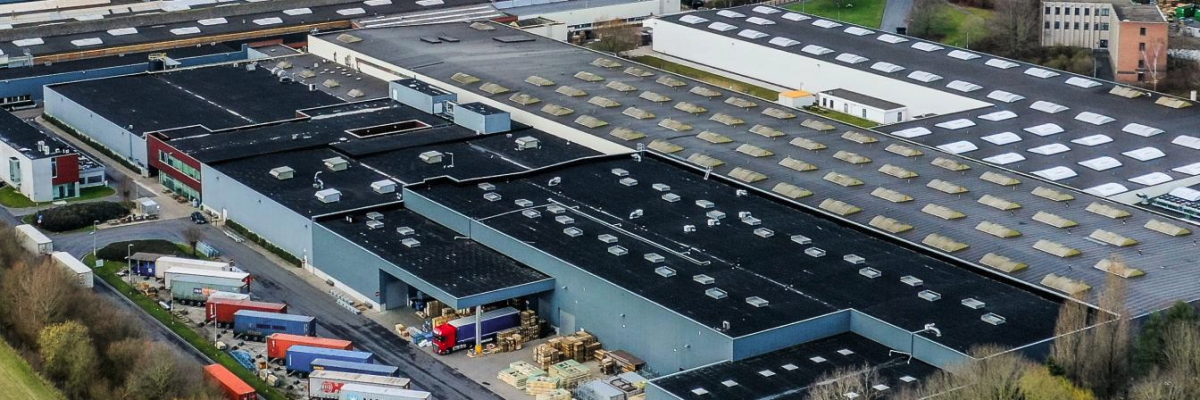
 2025-01-09
2025-01-09  11:50
11:50 